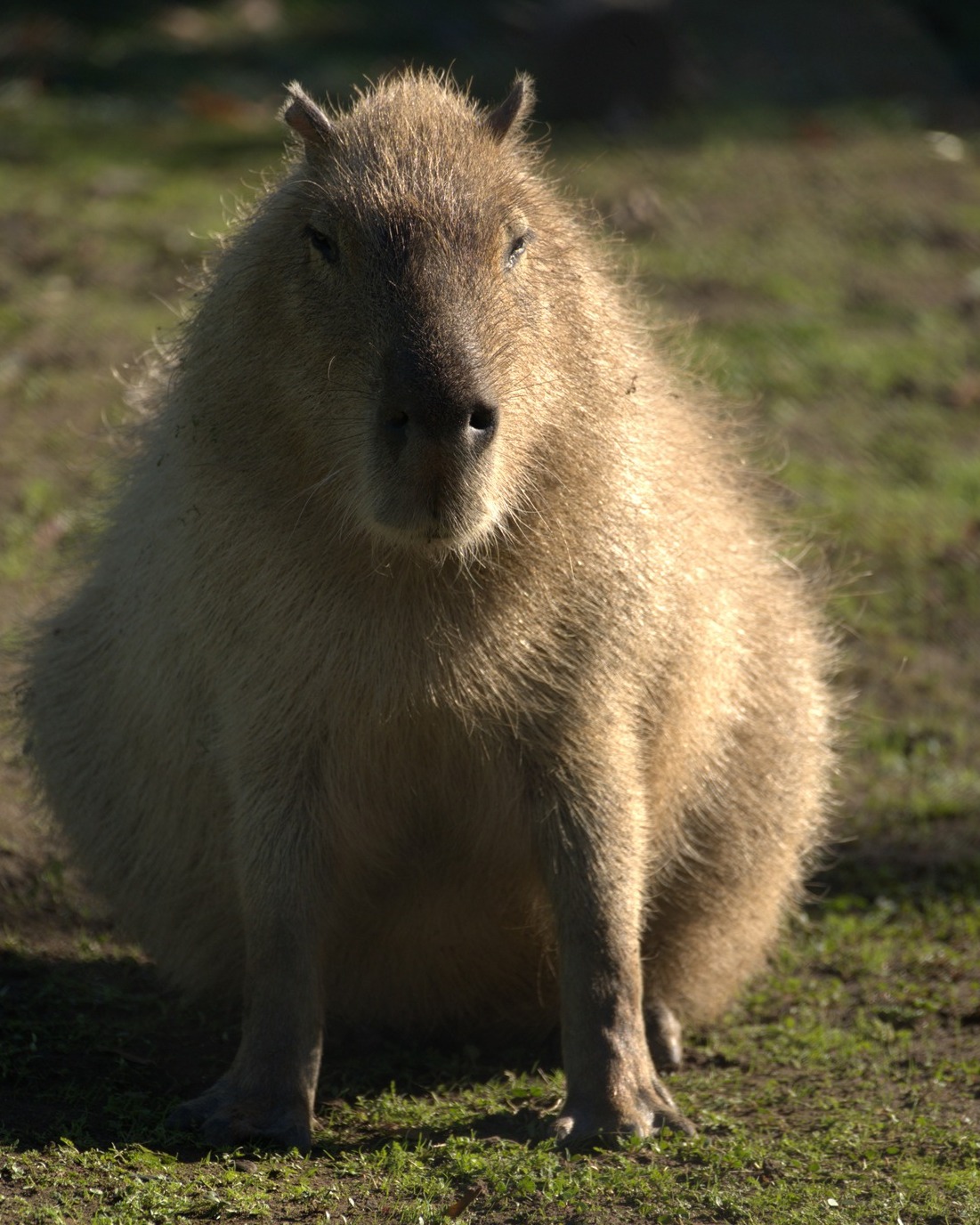- The capybara: characteristics and lifestyle traits of the world’s largest rodent.
- Behavioral attributes and interactions with humans and other species.
- Role of capybaras in ecosystem dynamics and biodiversity.
- Conservation status and efforts in safeguarding capybara populations.
- Educational and visitor engagement opportunities at Safari Village.
Capybaras are fascinating creatures that have captured the interest of wildlife enthusiasts and casual observers alike. As the largest rodents on the planet, these semi-aquatic mammals are native to South America, where they inhabit a variety of environments from dense rainforests to savannahs. Capybaras possess unique characteristics that make them well adapted to their habitats. Weighing between 77 to 143 pounds, their sturdy bodies are covered with a dense pelage that helps shed water after swimming. Their webbed feet allow for efficient movement in water, accentuating their strong swimming abilities. With eyes, ears, and nostrils positioned near the top of their heads, capybaras can keep a low profile in the water, offering protection while they navigate their environment.
These herbivorous animals primarily consume grasses and aquatic plants, spending up to eight hours a day foraging. Their digestive system is highly specialized, with a fermentation chamber that enables them to extract nutrients from fibrous plant material. Remarkably, capybaras practice coprophagy, consuming their feces to optimize nutrient absorption—an adaptation that allows them to thrive on a diet of low-protein vegetation.
Despite their imposing size, capybaras are known for their gentle demeanor. They exhibit highly social behaviors, often forming groups of 10 to 20 individuals led by a dominant male. Social interactions within groups include grooming, vocalizing, and playful activities, which reinforce group cohesion and provide mutual protection against predators. Due to their peaceful nature, capybaras often coexist harmoniously with other species, including birds that perch on their backs to feed on insects.
Capybaras have been dubbed "nature’s lawnmowers" because their grazing habits help maintain grassland ecosystems. By feeding on excessive plant growth, they keep meadows open, which benefits other species that rely on these habitats. This role in ecosystem maintenance highlights their importance in promoting biodiversity. As they forage, capybaras also disperse plant seeds, aiding in seed germination and the propagation of various plant species.
While capybaras are not currently listed as endangered, their populations are vulnerable to habitat loss and hunting. Wetland drainage, agricultural expansion, and urban development have led to significant habitat fragmentation. In some regions, they are hunted for their meat and hide, exacerbating pressure on wild populations. Conservation efforts focus on habitat preservation and the establishment of protected areas, emphasizing the importance of sustainable land-use practices that accommodate both human needs and wildlife conservation.
At Safari Village, our capybaras serve as ambassadors for wildlife education and conservation awareness. Visitors have the chance to observe these intriguing animals in environments that closely mimic their natural habitats. Educational programs shed light on their ecological significance and adaptive strategies, fostering a deeper understanding of their role in nature and encouraging conservation-minded behaviors. Photographers and wildlife enthusiasts alike find joy in capturing the charm of these placid creatures, whose interactions with other animals and humans provide insights into the complexities of coexistence.
In conclusion, capybaras are remarkable representatives of the rich biodiversity of South America. Their presence at Safari Village offers a window into their fascinating world, bridging the gap between educational pursuits and conservation objectives. As champions of relaxation, capybaras remind us of the gentle balance present in nature—a balance we must strive to maintain through responsible stewardship and a commitment to protecting the planet’s diverse ecosystems.
*****
Source Description
Meet the chillest resident of Safari Village: our capybara! 🌿
This gentle giant is always the life of the lagoon, spending the day lounging, munching on greens, and occasionally taking a dip. Did you know capybaras are the largest rodents in the world? Despite their size, they’re known for their calm and friendly personalities—making them a favorite among our guests and keepers alike.
Stop by and say hi during your next visit, and don’t forget to snap a pic with this adorable ambassador of relaxation! 📸💚


